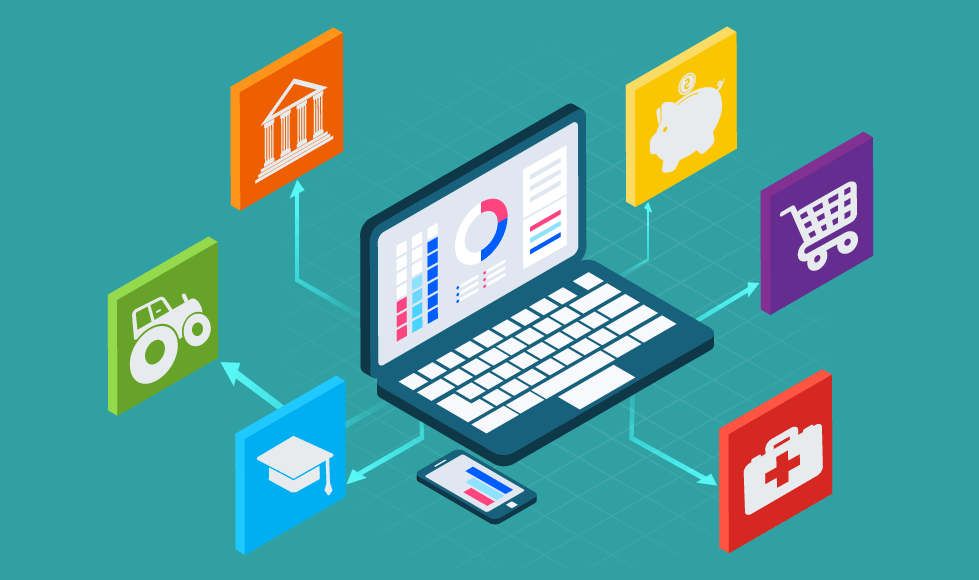The Digital India Programme started in July 2015 to fulfill the vision of creating a digitally empowered India and a convertible knowledge economy using IT tools as a growth vehicle for new India. This program has revolutionized the whole business format throughout the country, especially for new and small businesses. In this article, it will be pertinent to talk about the role of Digital India in these organizations where digitization, e-governance, and financial inclusion have been the key parameters of development and change.
- Digital India has proven to help reach out to government services and provide financial help.
- Due to technology and a better digital environment, many start-ups have emerged.
- Small businesses gain from increased meaningful web market presence and electronic layouts.
Improved Digital Infrastructure
The most significant pillar for the development of Digital India remains the emergence of digital infrastructure. The government has laid optical fiber networks across distant and metropolitan areas to facilitate Internet connection. Based on the latest statistics, there are more than 700 million internet users are in India. Hence, small businesses reached out to new customers even in areas with relatively poor connectivity.
E-Governance and Ease of Doing Business
Digital India has made it easier to do business with the various e-governance programs. Self-employed and start-up businessmen can now incorporate companies, pay taxes, and apply for government deals online, leading to less paperwork and time. It facilitates small businesses’ competing in Government tenders through the Government e-marketplace (GeM), which serves as an additional source of income.
Tech startups have benefited from the existent Digital India startup environment, which contains the Startup India and Make in India programs. They also create financial incentives, streamline the legal environment, and open up market access, making starting a new business more accessible.
Boost in E-Commerce and Digital Marketing
Digital India has led to the emergence of many features, such as the exponential growth of the country’s e-commerce platforms. B2C platforms such as Flipkart, Amazon India, and Snapdeal have allowed small businesses to make sales throughout India while being virtually present in the market. However, digital marketing has provided a new frontier for small businesses and start-up companies. Some tools available include Google Ads, Facebook Ads, and Instagram. Most small business people have access to a global market at a negligible marketing cost compared to traditional marketing techniques. The advent of various social media influencers has widened the different marketing platforms through which small businesses venture into specific consumer segments.
Challenges and the Road Ahead
Nevertheless, problems exist for small businesses or startups today. Several rural regions remain underserved and have unreliable connections, and the value of several initiatives is hampered by entrepreneurs’ low levels of digital literacy. Future challenges will also depend on the constant actions of the government and companies working to create equal opportunities for access to digital infrastructure. Training initiatives targeting aspiring digital competence among SME owners can supplement this, extending the array of opportunities for Digital India participants.
Conclusion
Digital India has, beyond doubt, made dramatic changes to the business landscapes for small businesses and startups. Better accessibility, fewer bureaucracy-associated problems, exclusion, and marketing have made the environment more competitive and competitive. However, significant work remains ongoing to guarantee that everyone in the country can access the perks of this digital revolution to help businesses of all sizes succeed in the digital economy.




